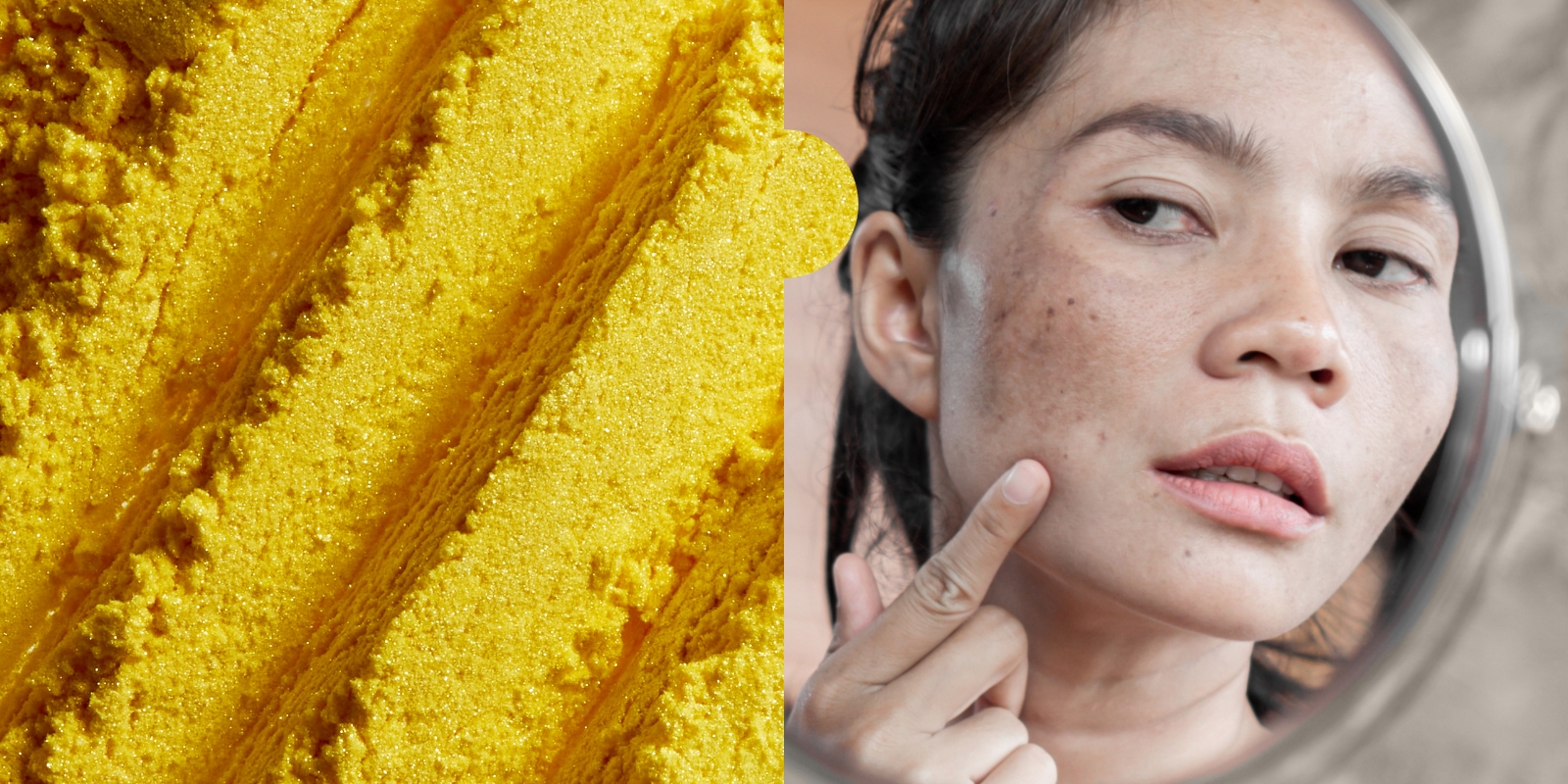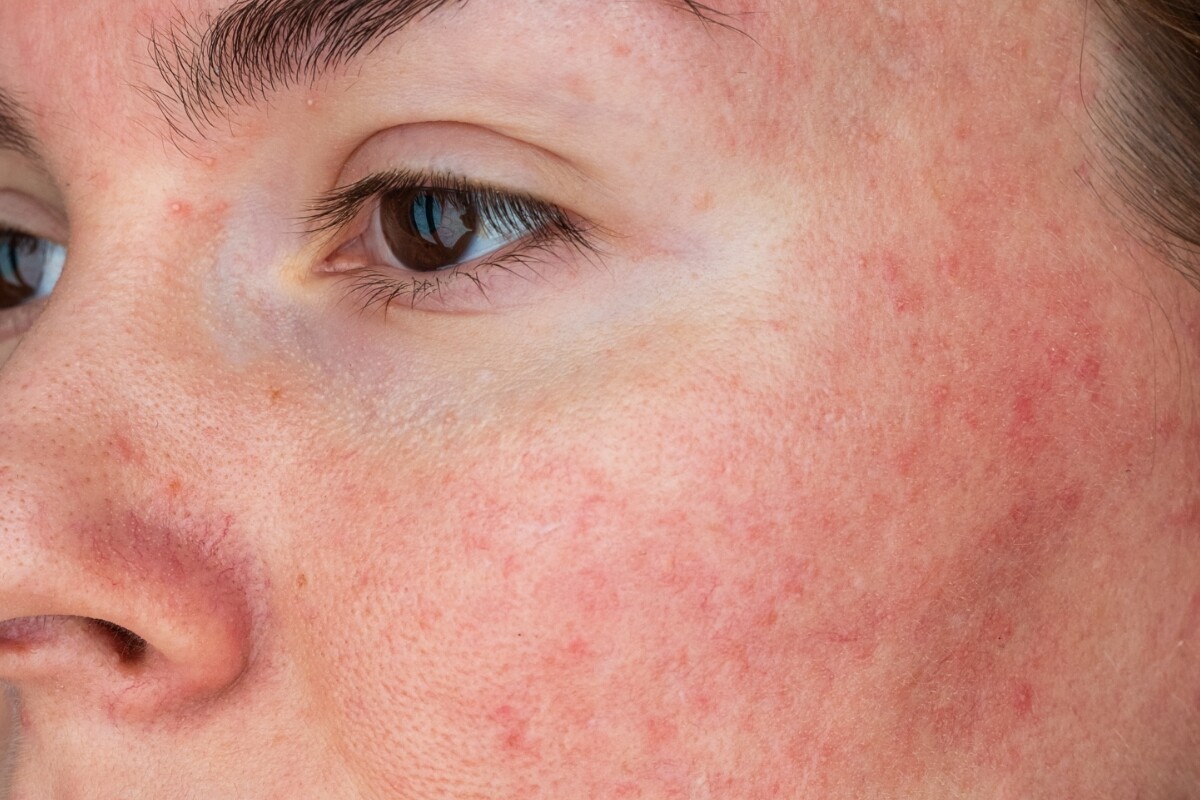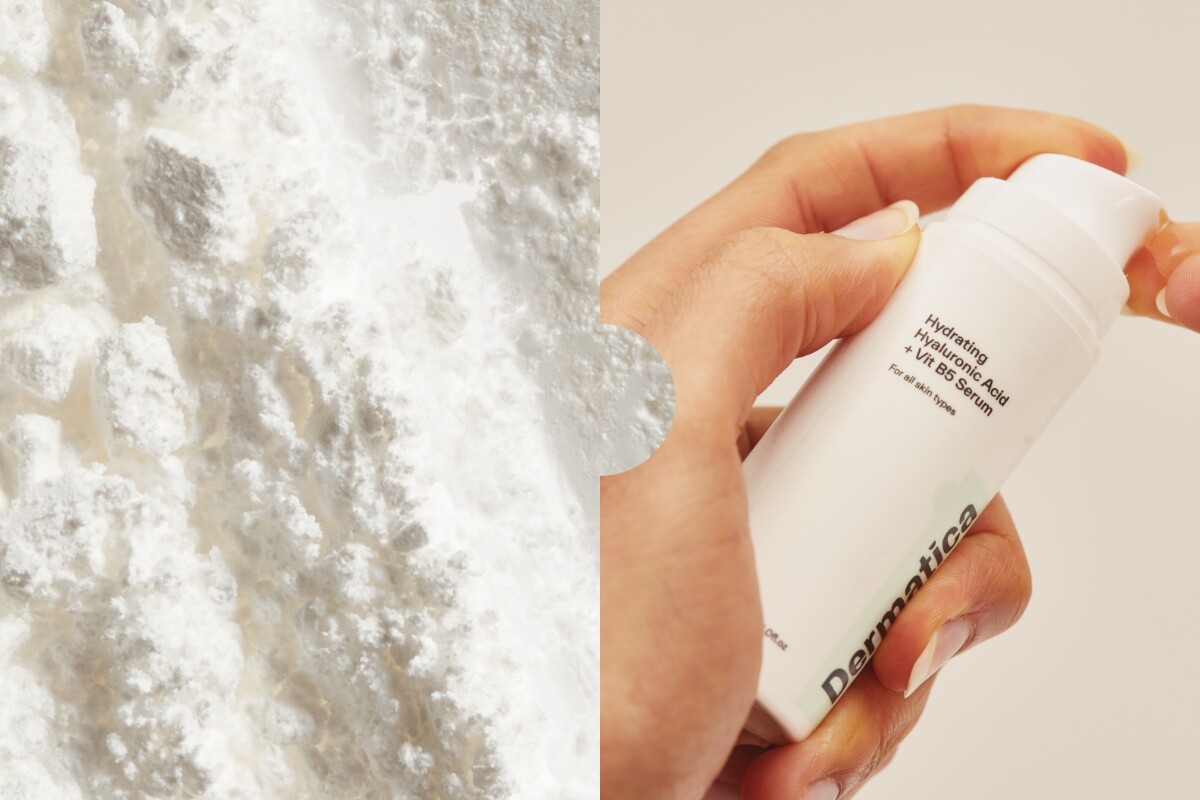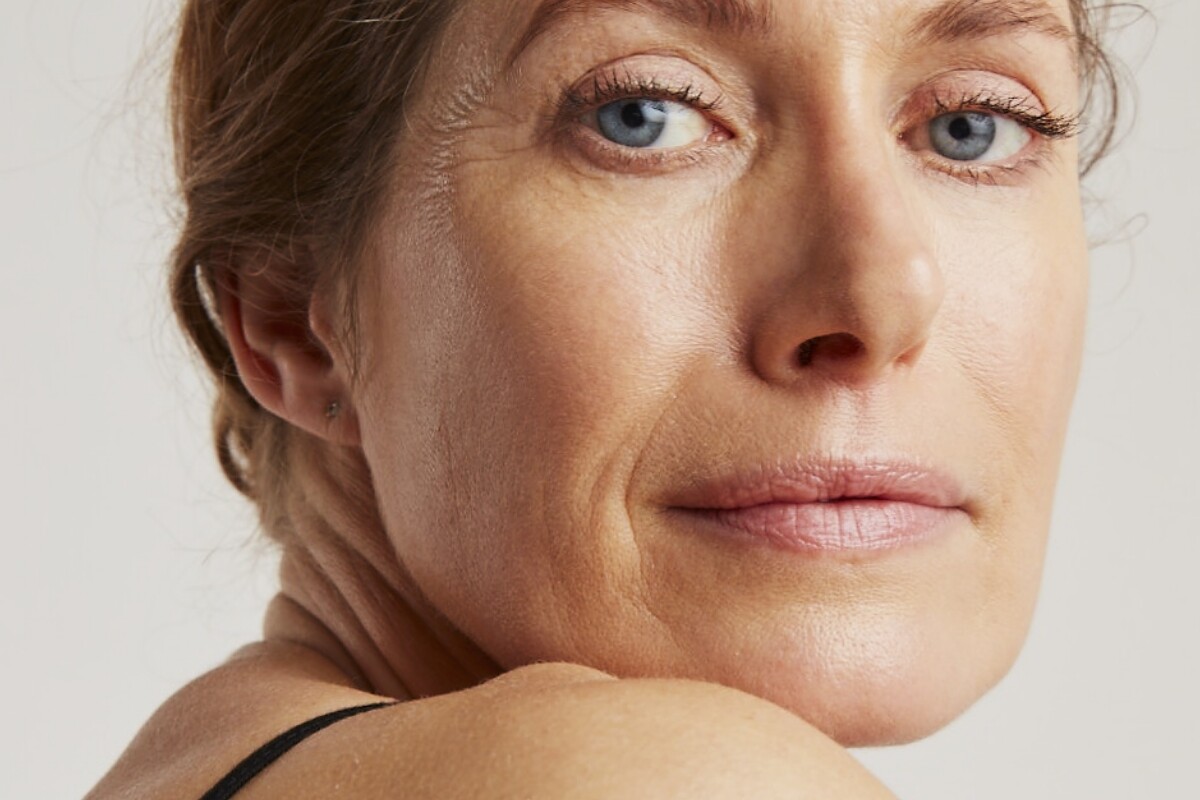Retinol, which belongs to a larger group of skincare ingredients called retinoids, are lauded by dermatologists because they have so many benefits. And what’s more, they can help treat sun damage, too.
While not all the DNA damage from unprotected sun exposure can magically disappear, retinol and retinoids are widely considered by experts to be the best treatment to help improve damage you can see. Read on as we break down the science-backed benefits of retinol products for sun-damaged skin.
Why Do We Get Sun Damage?
We now know that alongside skin cancer, UV rays cause up to 90% of the signs of ageing caused by our environment (as opposed to our genetics). (1) The sun emits UV radiation, which – without proper protection – causes DNA damage in our skin cells. This can lead to
1. Hyperpigmentation, including dark spots, sun spots, age spots, post-acne marks and melasma.
2. Weakening of collagen and elastin structures, leading to early-onset wrinkles or loose, sagging skin.
3. Skin cancers like melanoma and basal cell carcinoma. (2)
We want to avoid these outcomes as much as possible by using broad-spectrum sunscreen with a high SPF (at least SPF30+) and UVA protection rating every day, as the last step of our morning skincare routine. Better still, stay out of direct sunshine when it’s at its hottest (between 11am-4pm). If you already notice signs of sun-damaged skin, this is how retinol can help.
Benefit 1: Retinol Helps Fade Dark Spots
When the outer layer of your skin is damaged by the sun, it can trigger uneven skin tone and dark spots to form. Sun damage may also cause the surface layer of skin to become thicker and make the complexion appear more dull. (2)
‘Promoting skin cell turnover’ is another way to say exfoliation. Retinol encourages your skin to slough off dead skin cells more efficiently, bringing new healthy skin cells to the surface. It also inhibits the enzymes in your skin that cause dark spots to form.
Over time this helps to fade the look of hyperpigmentation conditions like dark spots and melasma. And as long as you’re protecting your skin with sunscreen every day, it should also help prevent them from returning (known as rebound hyperpigmentation). (3)
Benefit 2: Retinol Smooths Skin Texture
Sun damage can also cause uneven skin texture. The exfoliating properties of retinol will help remove dead and dull skin cells from the surface. The smoother texture reflects and refracts (scatters) light better too, giving your complexion a clearer, brighter overall appearance. (4)
Benefit 3: Retinol Calms Inflammation And Acne Breakouts
UV radiation from the sun can lead to skin inflammation, trigger new acne, and worsen active breakouts. By promoting skin cell turnover, retinol – as well as the prescription-strength varieties tretinoin and adapalene – help reduce breakouts, soothe this inflammation, and reduce pore size appearance. (5)
Benefit 4: Retinol Stimulates Collagen Production
In scientific terms, retinoids are also known as biologically active anti-aging molecules. This is why, if you’re worried about wrinkles or sagging skin, they’re exactly what our dermatology experts often suggest to treat those concerns. Retinol encourages your skin to produce more cells called fibroblasts, as well as stimulate them to become more active. A fibroblast’s role is to produce collagen fibres, elastin and hyaluronic acid, which helps keep your skin firm, elastic and moisturised. (4)
What’s The Difference Between Retinol And Prescription Retinoids?
Retinol and prescription retinoids are all derivatives of Vitamin A. The key difference is, unlike prescription retinoids, retinol has to go through conversions in the skin to turn into the active form, retinoic acid. Because retinol is an inactive retinoid, it’s gentler, less potent and less effective than prescription retinoids – so it will take longer to see results.
Retinol is easily available in over-the-counter creams and serums. You’ll find these products at most pharmacies or drugstores, and they don’t need to be prescribed.
Because prescription retinoids are active, they are stronger and work more quickly. Tretinoin and adapalene can bind to retinoic acid receptors in the skin straight away, and our Dermatica customers often start seeing results as early as 6 weeks from when they start. These need to be prescribed by a dermatology expert, but they are the better choice if your visible sun damage is extensive, or you haven’t seen enough benefit from retinol. (3)
Potential Side Effects
Although not everyone gets side effects, starting any type of retinoid may initially cause mild redness, skin irritation, sensitive skin or breakouts. This ‘purging’ happens to some people as their skin gets used to the product, but as long as you use a non-comedogenic moisturiser to keep it well hydrated, symptoms usually subside in 1-2 weeks.
Read our dermatology expert-backed ‘retinol sandwich method’ to help combat these symptoms.
With decades of research behind them, retinoids are considered the gold standard treatment for visible sun damage. Retinol from a pharmacy or drugstore is an easy, safe option if you’re just dipping your toes in the water. However, if sun damage is an ongoing skincare concern, speak to a licensed dermatology expert about whether a personalised retinoid treatment is a more effective route for you.
Find out which sun damage treatment is suitable for your skin by visiting our website.
References
1. Guercio-Hauer C;Macfarlane DF;Deleo VA. Photodamage, photoaging and photoprotection of the skin. American family physician [Internet]. 2016 [cited 2024 Sep 23];50(2). Available from: https://pubmed.ncbi.nlm.nih.gov/8042567/
2. Pandel R, Poljšak B, Godic A, Dahmane R. Skin Photoaging and the Role of Antioxidants in Its Prevention. ISRN Dermatology [Internet]. 2013;2013:1–11. Available from: https://www.ncbi.nlm.nih.gov/pmc/articles/PMC3789494/
3. Zasada M, Budzisz E. Retinoids: active molecules influencing skin structure formation in cosmetic and dermatological treatments. Advances in Dermatology and Allergology [Internet]. 2019 Aug;36(4):392–7. Available from: https://www.ncbi.nlm.nih.gov/pmc/articles/PMC6791161/
4. Mukherjee S, Date A, Patravale V, Korting HC, Roeder A, Weindl G. Retinoids in the treatment of skin aging: an overview of clinical efficacy and safety. Clinical interventions in aging [Internet]. 2006;1(4):327–48. Available from: https://www.ncbi.nlm.nih.gov/pmc/articles/PMC2699641/
5. Leyden J, Stein-Gold L, Weiss J. Why Topical Retinoids Are Mainstay of Therapy for Acne. Dermatology and Therapy [Internet]. 2017 Jun 5;7(3):293–304. Available from: https://link.springer.com/article/10.1007/s13555-017-0185-2





